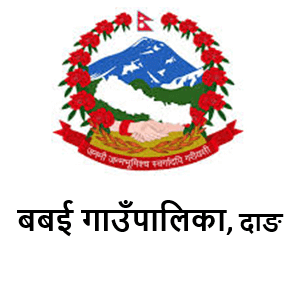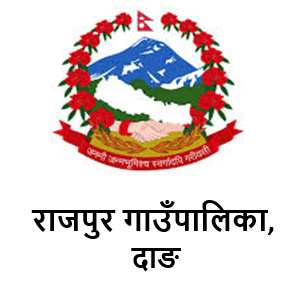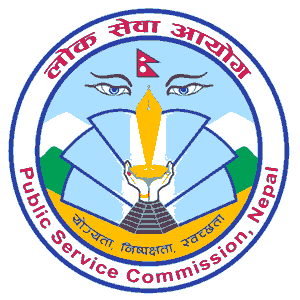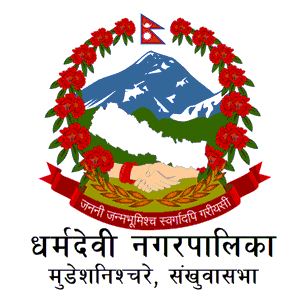Overview
Shantinagar Rural Municipality, also known as Shantinagar Gaupalika, is located in the western-northern part of Dang District within Lumbini Province, Nepal. Geographically, it is situated between 82°07'05" to 82°15'30" eastern longitude and 28°06'35" to 28°15'30" northern latitude. The municipality is bordered by Dangisaran Rural Municipality to the south, Tulsipur Sub-Metropolitan City to the east, Salyan District to the north, and Babai Rural Municipality to the west.
Shantinagar Rural Municipality provides a wide array of local government services aimed at improving the quality of life for its residents. Administrative services include the issuance of essential documents like citizenship, birth, death, marriage, and migration certificates, along with land and property registration and tax collection. Health services focus on primary care, maternal and child health, immunization, and health awareness programs.
The municipality also emphasizes education, managing local schools for basic and secondary education, and supporting adult literacy and informal education initiatives. Infrastructure development is another priority, with the municipality responsible for maintaining roads, transportation networks, and ensuring access to clean water and sanitation facilities. In the agricultural sector, Shantinagar offers training, workshops, and veterinary services to support local farmers and livestock management.
Social welfare services cater to vulnerable groups through financial assistance, skill development, and disaster management programs. Additionally, the municipality is committed to environmental conservation, promoting tree planting, forest conservation, and waste management practices. Through these services, Shantinagar Rural Municipality strives to foster sustainable development and enhance the overall well-being of its community.
Area and Administrative Division
Shantinagar Rural Municipality spans a total area of 116.02 square kilometers. The municipality is administratively divided into seven wards. It was formed during the federal restructuring of Nepal, following a decision by the Government of Nepal on Falgun 22, 2073 BS. This restructuring involved the merging of three former Village Development Committees (VDCs): Bagmare, Shantinagar, and Dhanauri.
Population Demographics
According to the National Census of 2068 BS, Shantinagar Rural Municipality has a population of 25,203 individuals. The population is composed of various ethnic groups, with the Chhetri community being the largest, comprising 10,918 individuals, or 43.32% of the total population. The Tharu community is the second largest, followed by the Magar community.
Gender Distribution
The gender distribution in Shantinagar Rural Municipality reveals that there are 11,595 males, making up 46% of the population, and 46.99% are females. The gender imbalance, with 85.21 males for every 100 females, is primarily due to the migration of young males to other districts or abroad for employment opportunities.
Age Distribution
The population is further categorized by age groups. The active working-age population, those between 15 to 59 years, constitutes 55.37% of the total population. The dependent age group under 15 years old makes up 36.77%, while the dependent elderly population above 60 years comprises 7.86%.
Disability and Migration
In terms of disability, 728 individuals, or 2.89% of the population, are living with disabilities in Shantinagar Rural Municipality. Furthermore, a significant portion of the population, approximately 2,594 individuals, has migrated abroad in search of employment, reflecting the economic challenges and opportunities that influence the demographic and social structure of the municipality.
Shantinagar Rural Municipality is a diverse and dynamic community with a rich cultural heritage. Its geographical location, demographic composition, and social structure reflect both the opportunities and challenges faced by the residents. The municipality’s role in the broader context of Dang District and Lumbini Province is shaped by its strategic location and the active participation of its people in both local and international spheres.
Dang District:
Dang District is one of the 12 districts of Lumbini Province. To the south, it borders Uttar Pradesh, India; to the east, it borders Pyuthan District, Arghakhanchi, and Kapilvastu Districts; to the north, it borders Salyan, Pyuthan, and Rolpa Districts; and to the west, it borders Banke and Salyan Districts. This district, with diverse geographical terrain, extends from an altitude of 213 meters above sea level (Sishaniya Manpur) to 2,058 meters (Hasipur Arkale). The total area of this district is 2,955 square kilometers. The length of the district from east to west is 90 kilometers, and the width from north to south is 72 kilometers.
Historically, Dang District had 39 VDCs and two municipalities. After state restructuring, there are now two sub-metropolitan cities, one municipality, and seven local levels, with a total of 100 ward offices. The Sanskrit word "Dron," which represents the plain area between the hills, is believed to have given rise to the name "Dang," and the name "Dang Deukhuri" is derived from the evolution of "Devpuri" from the initial settlement word "Devpur."
In Dang District, there are 658 schools, including 423 community schools and 235 institutional schools under 10 local levels. Additionally, the district has 32 community learning centers, 11 madrasas, 5 informal adult schools, and two basic and secondary open schools. Across grades 0 to 12, a total of 188,550 students are studying in the district, with 97,092 in community schools and 91,468 in institutional schools.







